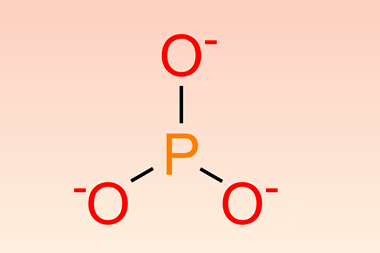
This beautiful flower hasn't grown in a field or a greenhouse, but has instead grown out of a solution of barium chloride and sodium metasilicate. Joanna Aizenberg's lab at Harvard University in the US has been working to create microstructured and nanostructured surfaces to imbue materials with specific properties, for example making them non-stick. Now, the group has shown that by modulating the environmental conditions, they can grow BaCO3–SiO2 structures into precisely controlled shapes, including this red flower, a false-colour scanning electron microscope (SEM) image that represents the actual colour of the structure.
The shapes are controlled by altering CO2 concentrations, pH and temperature. CO2 triggers the precipitation of BaCO3, but the reaction also releases protons, lowering the pH of the solution and initiating silica precipitation. This results in the formation of water, raising the pH again and so the balance between the two reactions moves back in favour of barium carbonate formation. Playing with this balance changes the structures that form. In the SEM image below you can see how the morphology changes from the twisted stems that result from high pH (top) to the conical vase shapes that begin to appear at slightly lower CO2 concentrations. At even lower CO2 concentrations, coral shapes appear, just like the one used to form the petals of the flower above.

In fact, the flower was made by growing a spiral shape and then transfering it to a different environment, creating a point of nucleation for the growth of a coral shape on top. However, while the flowers create stunning images, now that the lab has learnt how to control the growth of these microstructures, less photogenic but ultimately more useful shapes can be investigated.






No comments yet